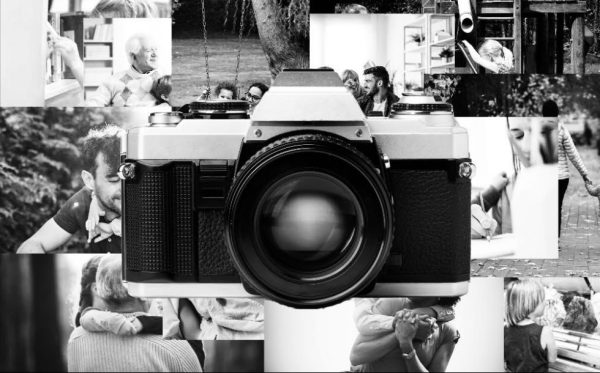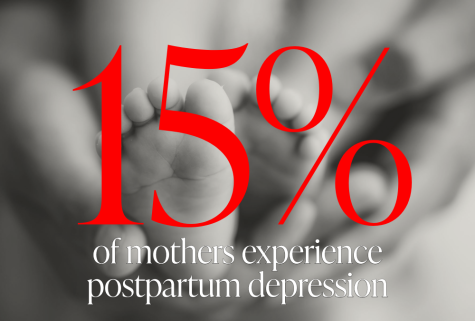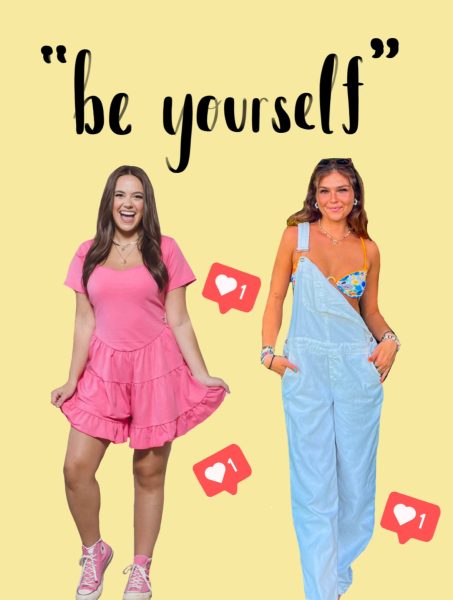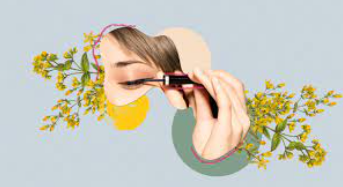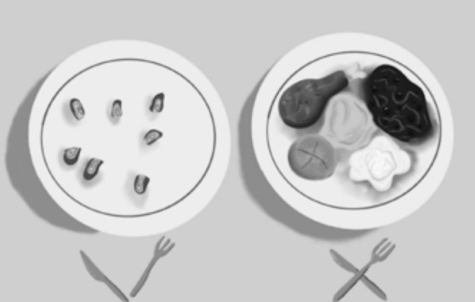Social Media Users Should Embrace Authentic Pictures
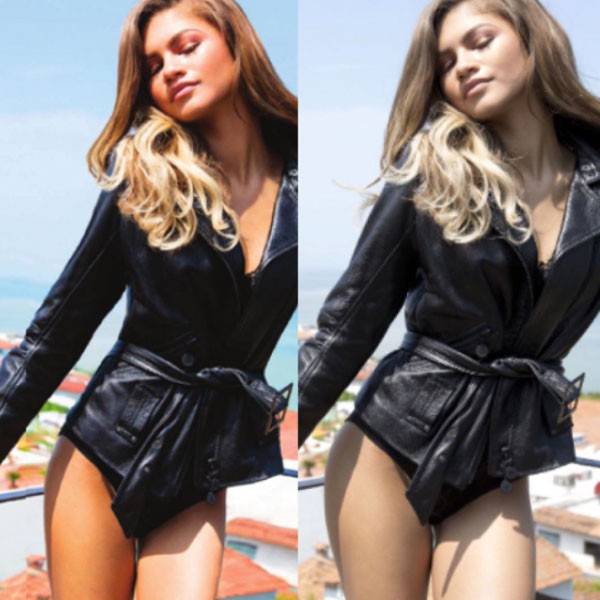
In 2013, Lightricks released the app, Facetune. The app, originally intended to slightly alter photos by changing the lighting or covering up blemishes, has recently spearheaded the surge of heavily altered photos posted on apps like Instagram. The new beauty standard that these apps create taints teenagers’ views of how they should look and provides them with inauthentic role models to look up to. Subsequently, teenagers growing up in an era where social media is so prevalent in their lives should both detect and ignore such unrealistic pictures, as well as avoid using these types of apps themselves.
Many celebrities have been involved in scandals involving them editing their bodies or falling victim to their distorted bodies. Celebrities such as actress Zendaya have spoken out in the past in opposition to their bodies photoshopped by magazines to match societal beauty standards.
“I was shocked when I found my 19 year old hips and torso quite manipulated. These are the things that make women self conscious, that create the unrealistic ideals of beauty that we have,” Zendaya captioned in a comparison post of the original versus the retouched pictures for Modeliste Magazine.
With apps like Facetune, social media users can subtly distort their bodies—such as slimming their waist, shrinking their stomach or altering their face shape—to conform to society’s beauty standards. Since users compete for likes, comments and reposts, many social media users seek these apps to conceal any insecurities or self-assessed weaknesses that they may possess. As a result, a simple photo can be transformed into something so flawless that it hardly looks natural. The people who then view that photo may compare their own bodies to the altered and artificial body of the person who posted the picture. The viewer may feel insecure and resort to using these apps themselves, thus continuing the endless cycle of social media users comparing themselves to unrealistic bodies they see on social media. The use of these apps sets a dangerous precedent for teenagers who consider social media influencers and celebrities their role models, and subsequently they look up and compare themselves to these figures, yet they are not showcasing their authentic selves online.
To combat this problem, social media users should revert to embracing authentic pictures rather than feeling the need to heavily edit them after being inundated with the impractical standard upon anu scroll. We must embrace our flaws and allow these natural imperfections to define who we are, rather than trying to change them for the sake of a few positive comments or more likes than usual. We should not allow social media influencers that receive millions of likes for a heavily altered post of themselves in a bikini in front of an exotic location set the precedent for the types of pictures that are deemed popular on social media. However, these alterations are often not distinguishable, which allows a multitude of heavily altered images to go undetected by others users. CEO of Lightricks agrees with this idea:
“Social media is not a reality show, it’s a director’s cut of your life. Some people are more successful in creating that director’s cut than others,” Zeev Farbman said.
Each cut that we display on social media is unique to us. A social media user should not feel pressured to slim their body simply because society views these photos as popular. An abundance of likes on an altered photo does not mean that we should conform to such standards. Social media should be a platform for spreading positivity and embracing one’s authentic self.
However, users of social media must not allow these standards to influence the types of pictures they post. Instead of perpetuating this pattern of seemingly perfect posts on social media, users should instead embrace authentic pictures that include their insecurities.

Molly O'Connell, class of 2019, is an Editor-in-Chief for The Rebellion. In school, she is a part of National Honor Society, Latin Club, and Student Council....


